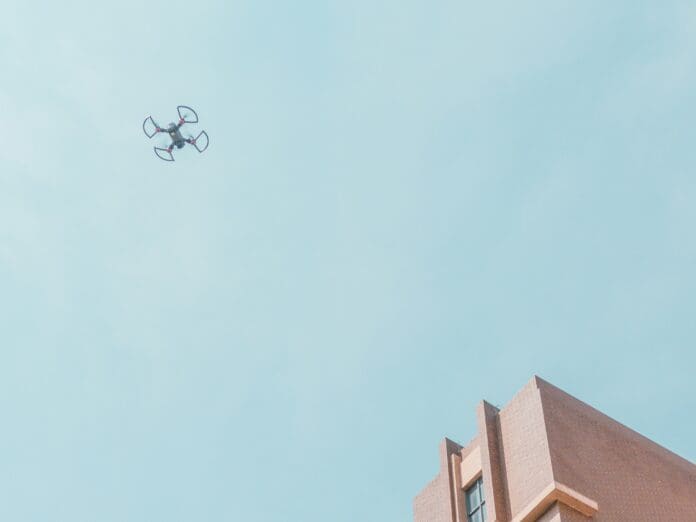A new drone detection capability demonstrated in the U.S. could significantly improve how defense systems identify and track hostile UAVs, even in cluttered or low-visibility environments. The system, which integrates artificial intelligence with advanced electro-optical and infrared sensors, was recently tested at the Technology Readiness Experimentation (T-REX) event.
At the core of the demonstration was a combination of the WESCAM MX-Series EO/IR sensor suite and AI-based counter-UAS software developed by Shield AI. The system is designed to detect, classify, and track multiple types of drones—passively and at extended ranges—without revealing the operator’s location, according to the press release.
One of the key advantages shown during the trials was the system’s ability to identify UAVs even when they were partially obscured by environmental factors such as buildings or cloud cover. This passive detection method allows for earlier warning and reduces the risk of detection by adversaries.
The AI software will enhance traditional sensor capabilities by modeling different airborne object behaviors, improving performance across various operational domains, including air, land, and maritime. These upgrades are part of an ongoing effort to adapt detection technologies to increasingly complex threat environments, where adversaries are deploying smaller, cheaper, and more agile drones.
Future integration of the capability into the L3Harris VAMPIRE counter-UAS platform is expected to further strengthen the system’s role in defending against small unmanned aerial threats.
The WESCAM MX-Series, used in the test, is already well-regarded for its targeting and surveillance performance. The sensors are deployed on a wide range of platforms and are known for their capabilities. Features such as high-resolution multi-spectral imaging and precision geo-pointing make them a preferred choice for ISR and targeting missions.
As UAV threats become more frequent and sophisticated, the need for adaptive, AI-supported sensor solutions is becoming more urgent. The demonstrated system suggests a shift toward more autonomous, passive detection strategies that can operate effectively in contested environments—without relying on active radar emissions or conventional signal interception.



























